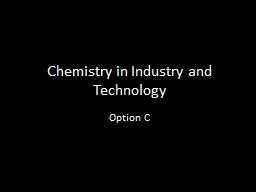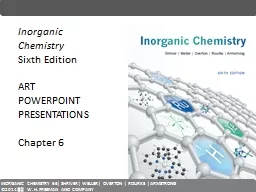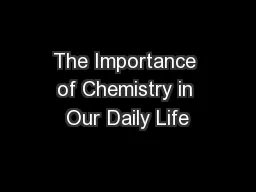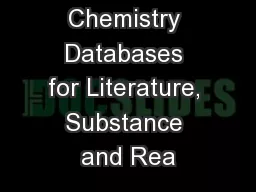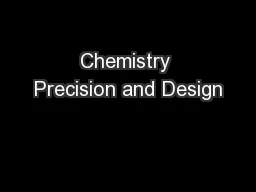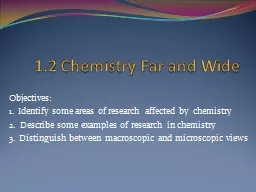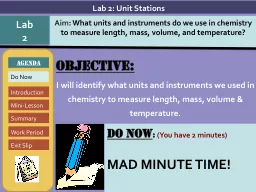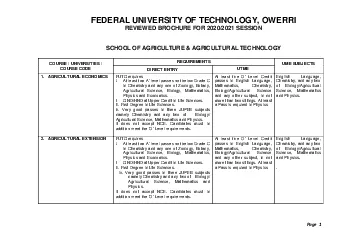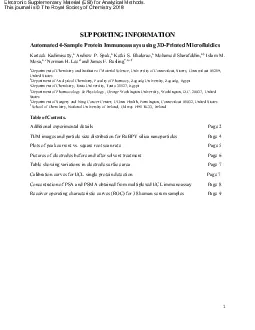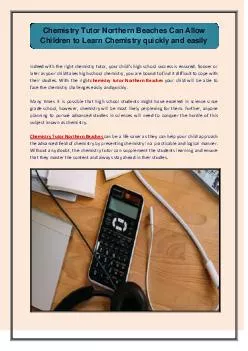PPT-Chemistry in Industry and Technology
Author : pamella-moone | Published Date : 2015-10-28
Option C The Blast Furnace This follows closely from IGCSE work If you cant remember the work you did at IGCSE then you need to revise You will learn about some
Presentation Embed Code
Download Presentation
Download Presentation The PPT/PDF document "Chemistry in Industry and Technology" is the property of its rightful owner. Permission is granted to download and print the materials on this website for personal, non-commercial use only, and to display it on your personal computer provided you do not modify the materials and that you retain all copyright notices contained in the materials. By downloading content from our website, you accept the terms of this agreement.
Chemistry in Industry and Technology: Transcript
Download Rules Of Document
"Chemistry in Industry and Technology"The content belongs to its owner. You may download and print it for personal use, without modification, and keep all copyright notices. By downloading, you agree to these terms.
Related Documents

